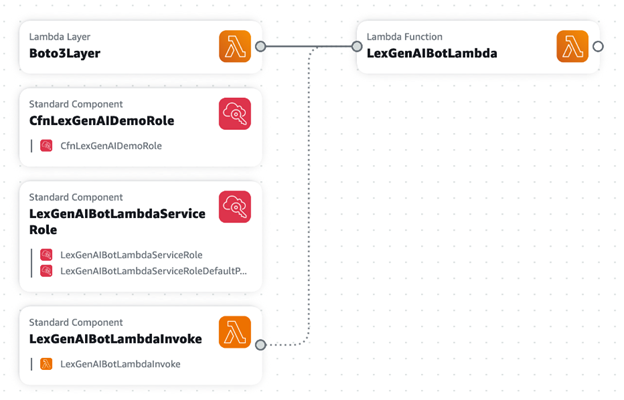AWS Compute Blog
Comparing design approaches for building serverless microservices
Developers often move from single responsibility functions to the Lambda-lith when they architectures demand it, but both approaches have relative trade-offs. It’s possible to have the best of both approaches by dividing your workloads per read and write operations.
Introducing the .NET 8 runtime for AWS Lambda
This post is written by Beau Gosse, Senior Software Engineer and Paras Jain, Senior Technical Account Manager. AWS Lambda now supports .NET 8 as both a managed runtime and container base image. With this release, Lambda developers can benefit from .NET 8 features including API enhancements, improved Native Ahead of Time (Native AOT) support, and […]
Deploying an EMR cluster on AWS Outposts to process data from an on-premises database
This post is written by Eder de Mattos, Sr. Cloud Security Consultant, AWS and Fernando Galves, Outpost Solutions Architect, AWS. In this post, you will learn how to deploy an Amazon EMR cluster on AWS Outposts and use it to process data from an on-premises database. Many organizations have regulatory, contractual, or corporate policy requirements […]
Re-platforming Java applications using the updated AWS Serverless Java Container
This post is written by Dennis Kieselhorst, Principal Solutions Architect. The combination of portability, efficiency, community, and breadth of features has made Java a popular choice for businesses to build their applications for over 25 years. The introduction of serverless functions, pioneered by AWS Lambda, changed what you need in a programming language and runtime […]
Generative AI Infrastructure at AWS
Building and training generative artificial intelligence (AI) models, as well as predicting and providing accurate and insightful outputs requires a significant amount of infrastructure. There’s a lot of data that goes into generating the high-quality synthetic text, images, and other media outputs that large-language models (LLMs), as well as foundational models (FMs), create. To start, […]
Build real-time applications with Amazon EventBridge and AWS AppSync
Directly invoking AWS AppSync GraphQL API targets from EventBridge simplifies and streamlines integration between these two services, ideal for notifying a variety of subscribers of data changes in event-driven workloads. You can also take advantage of other features available from the two services.
Invoking on-premises resources interactively using AWS Step Functions and MQTT
Accessing on-premises resources with workers controlled via Step Functions using MQTT and AWS IoT Core is a secure, reactive, and cost effective way to run on-premises jobs. Consider updating your hybrid workloads from using inefficient polling or schedulers to the reactive approach described in this post.
Announcing IPv6 instance bundles and pricing update on Amazon Lightsail
Amazon Lightsail is the easiest way to get started on AWS, allowing you to get your application running on your own virtual server in a matter of minutes. Lightsail bundles all the resources you need like memory, vCPU, solid-state drive (SSD), and data transfer allowance into a predictable monthly price, so budgeting is easy and […]
Consuming private Amazon API Gateway APIs using mutual TLS
This post explores ways to provide mutual TLS authentication for private API Gateway endpoints. A previous post shows how to achieve this using a self-managed NGINX proxy. This post simplifies the architecture by using the native mTLS support now available for Application Load Balancers.
Using generative infrastructure as code with Application Composer
This post is written by Anna Spysz, Frontend Engineer, AWS Application Composer AWS Application Composer launched in the AWS Management Console one year ago, and has now expanded to the VS Code IDE as part of the AWS Toolkit. This includes access to a generative AI partner that helps you write infrastructure as code (IaC) […]









